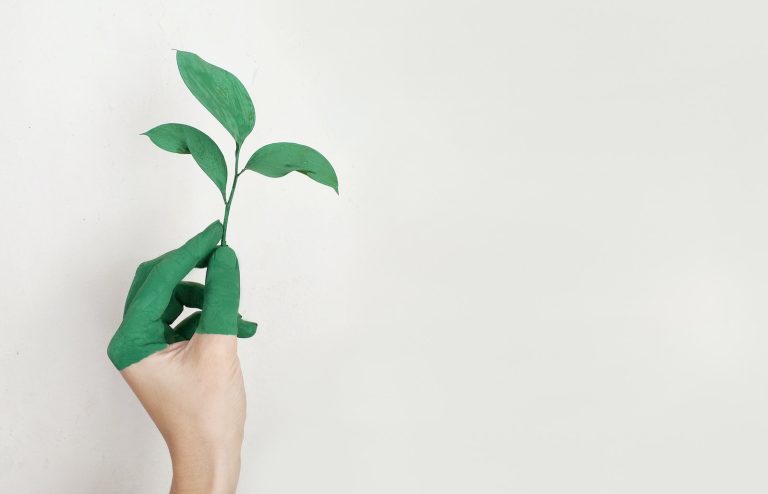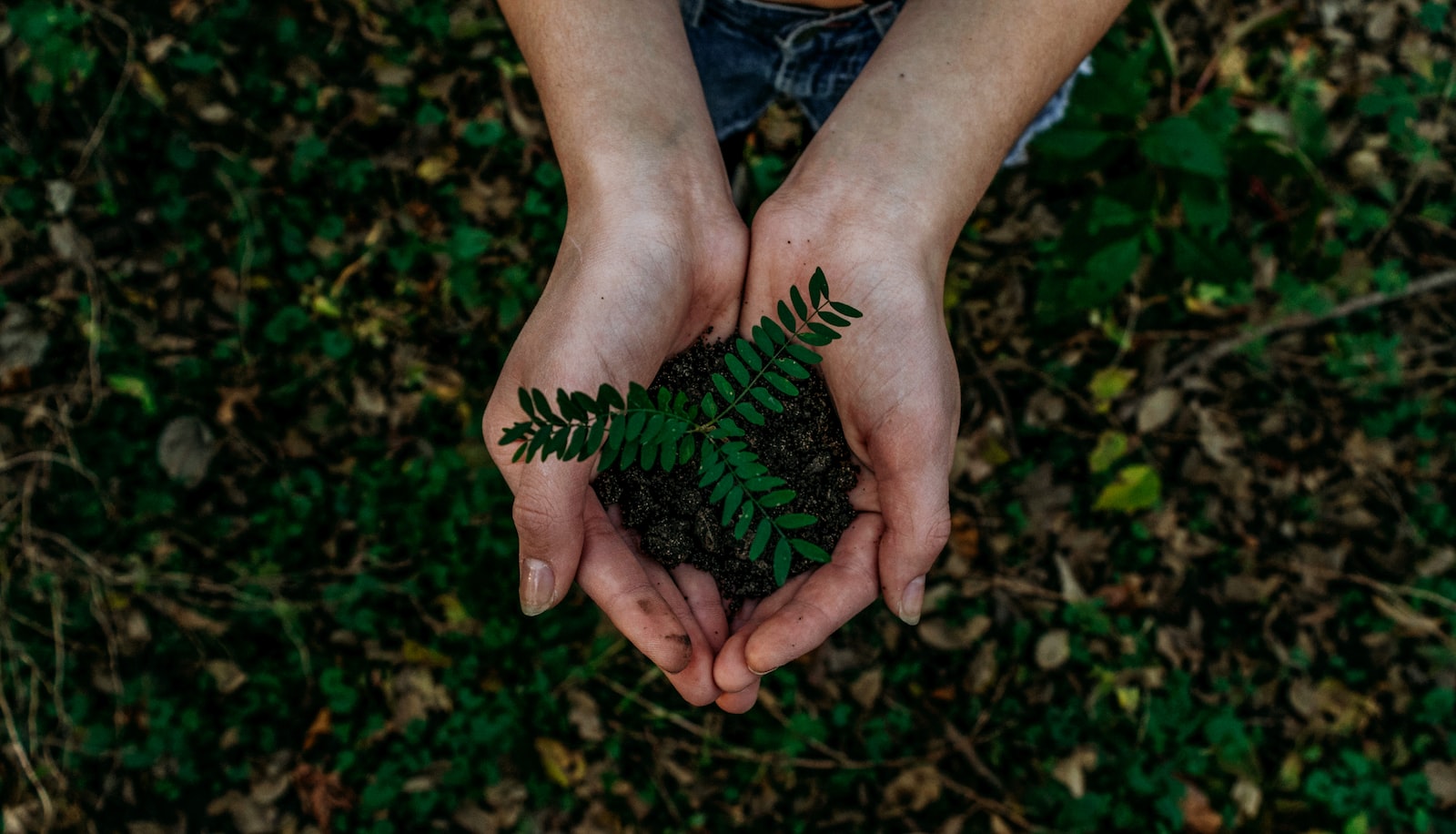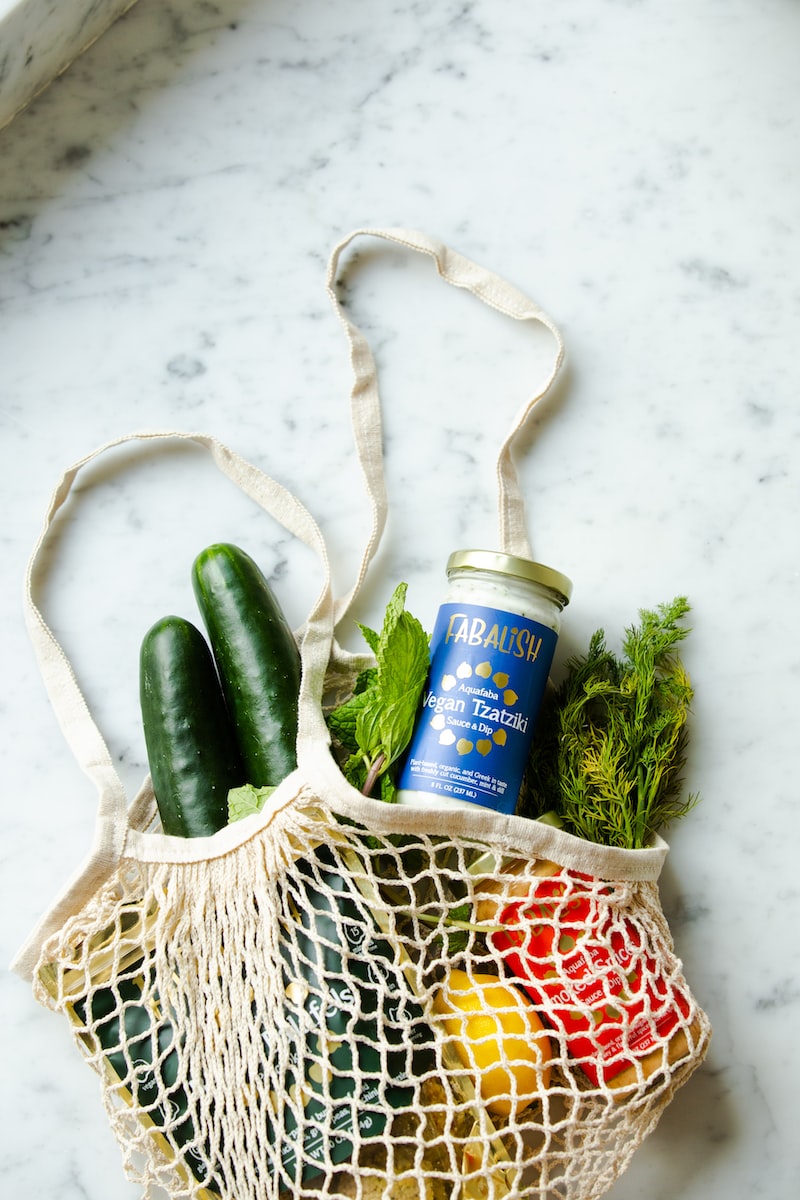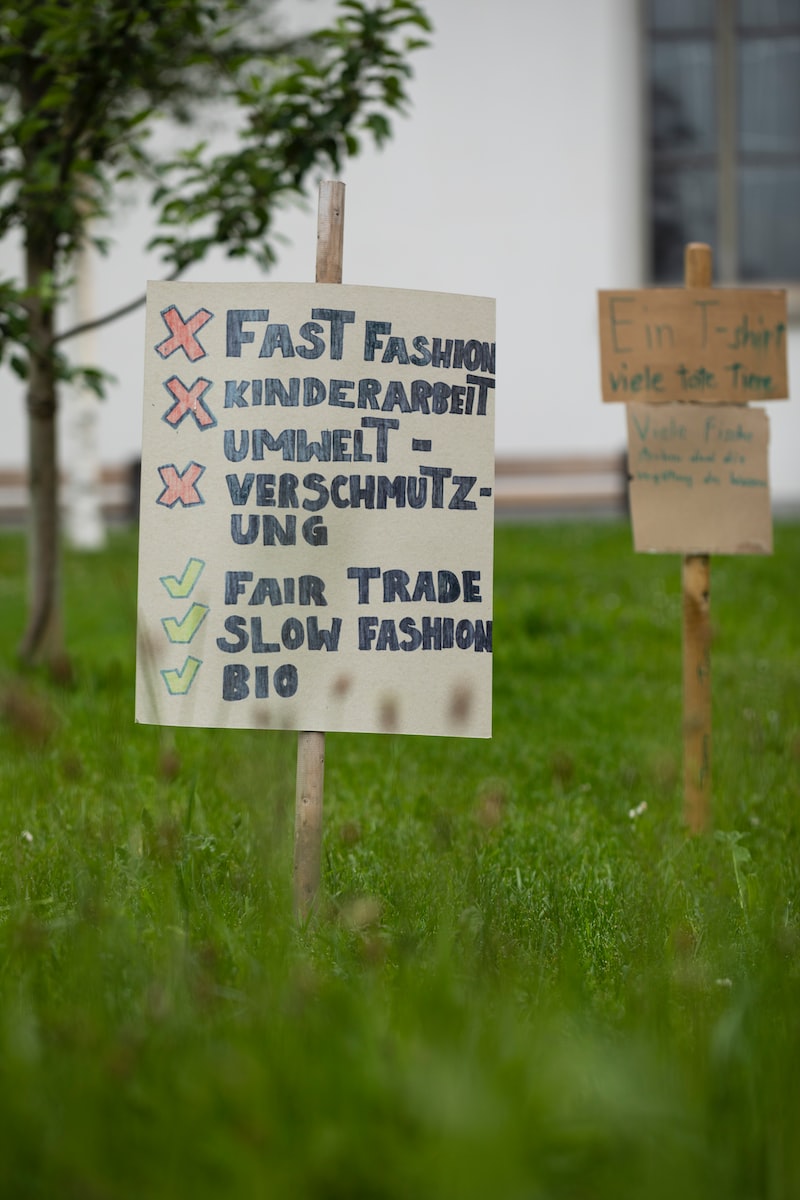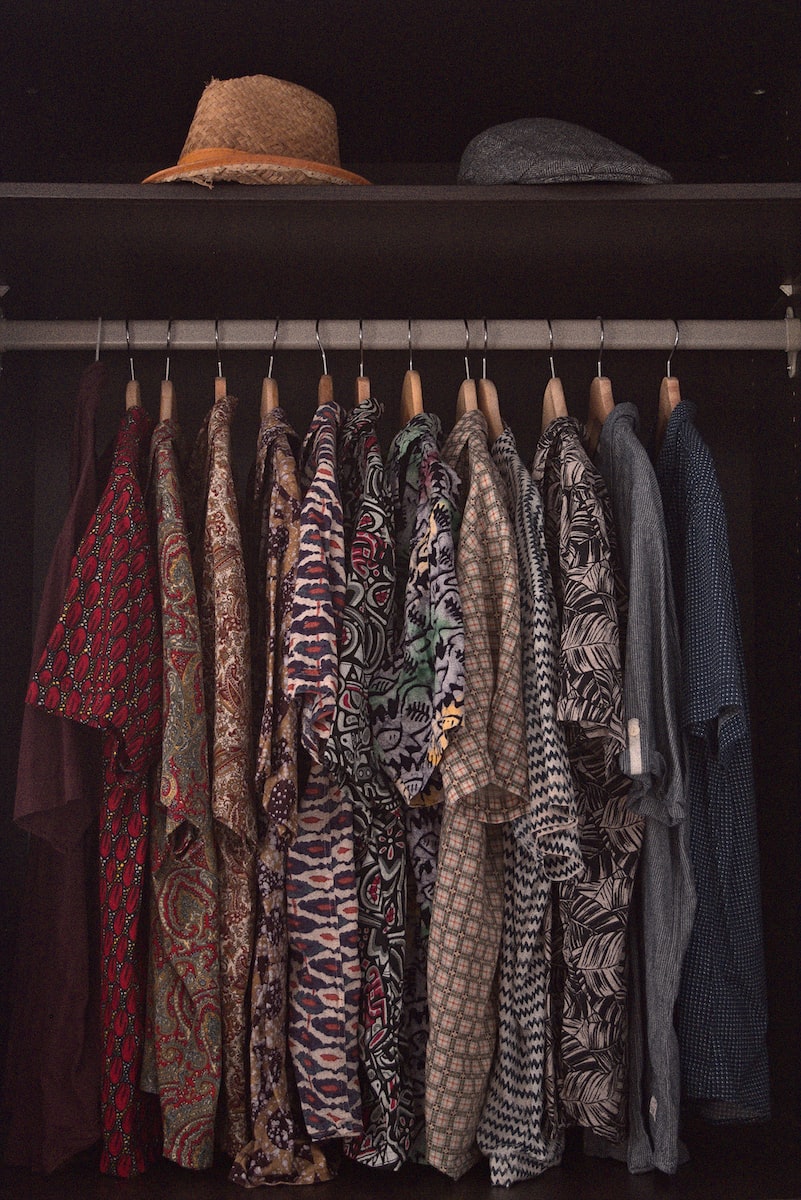Mark your calendars! International Day of Zero Waste is just around the corner, and this blog post series is your ultimate guide to embracing a lifestyle that minimizes waste and maximizes impact. In this series of articles we’ll delve into the 5 R’s of Zero Waste: Refuse, Reduce, Reuse, Repurpose and Recycle. Each day we’ll tackle a different R, sharing practical tips and inspiration to reduce your environmental footprint and create a more sustainable future.
Today, we dive into the power of refusal. While it might seem like a small act, saying “no” to unnecessary purchases holds the key to unlocking a more sustainable future.
Why Is Refusing New Purchases Sustainable?
Refusing unnecessary items is the first step to changing the consumption cycle, as it prevents them fron entering it entirely. While we might think saying “No” to a jacket we see in the shopwindow is only a tiny step, eliminating the need for production, transportation, and eventual disposal, significantly reduces the overall environmental impact. This is far more potent than trying to manage the waste further down the line.
What’s more, refusing new purchases preserves many resources along the way like water, energy (for both production and disposal), raw materials but also your money and time. Since our current economic system thrives on relentless consumption, refusing unnecessary items, we break this cycle. And once you are used to refusing impulse purchases you will realize how small of a role shopping can play in your daily life and over time the urge to hunt the next dopamine hit decreases rapidly.
How To Start Consuming Less
1. No-Buy or Low-Buy Challenges
Instead of Fast-Fashion how about Fasting-Fashion? Choose a timeframe, during which you want to reduce your consumption. Maybe start small with a week or a month, then progress to longer challenges. Define what counts as a purchase and what type of consumption you want to allow yourself (e.g. still allowing yourself entertainment purchases such as a ticket to a movie…).
Challenges like these are perfect for embracing creative ways to rethink consumption. Think about ways to fulfill your material needs that are not a purchase – maybe you can borrow an item, or start a DIY project?
In order to stay motivated, track your progress. Monitor how much money you would have spent on shopping and put this money aside for a special activity that you plan out for yourself (not a shopping-spree obviously) or monitor the environmental impact to keep you motivated.
2. Think It Through
Before making a purchase, ask yourself the following questions
- Do I need this?
- Do I own something similar already? How would this new item benefit me differently?
- Will I actually use this item?
- Where will it go once I am done using this?
Further, in order to not chase instant dopamine hits from making a new purchase, delay the decision. Make an agreement with yourself, to not make any purchases without taking a few days in between to think it through properly.
3. Prioritize Experiences Over Purchases
Research has shown that people gain more happiness from the experiences, than from the physical possessions they have. By focusing on experiences, you create lasting memories that enrich your life. Plus, if you start gifting experiences you create bonding moments with the people around you and create shared memories together. Experiences don’t always mean having to spend money – look for hikes, free museums, community events or other free classes to take part in.
4. Unsubscribe From Marketing E-mails
You probably didn’t see this one coming, did you? When talking about refusing consumption most people ignore all the digital clutter that cramps up their life. Newsletters or other marketing e-mails are a tempting way to spend money on items you wouldn’t have wanted to begin with. Unsubscribing from certain newsletters or social media accounts decreases FOMO (the feat of missing out) and the urge to make purchases out of a place of scarcity.
E-mails also come with their own environmental footprint. Every email sent generates CO2, so unsubscribing minimizes your digital footprint and simultaneously frees up mental space that otherwise would’ve gone into sorting out your inbox.
5. Don’t Follow the Crowd
Think about what actually holds importance to you. Just because everyone is getting tons of Christmas gifts for their relatives, or buying an expensive designer item for Valentine’s day, doesn’t mean you have to. Instead of buying physical gifts that may not be used or appreciated, prioritize shared experiences that create lasting memories without generating waste. What’s more is that not everyone values material gifts equally. By prioritizing experiences, you can tailor the gift to your loved one’s genuine interests and preferences.
Refusing Is Just the First Step
Refusing unnecessary purchases is just the first step on your journey to a life with less waste. Stay tuned for the upcoming days as we dive into the remaining R’s: Reduce, Reuse, Repurpose, and Recycle. But your journey doesn’t stop there. Responsible consumption extends beyond refusing new purchases. We from Faircado want to make sustainable shopping as accessible as possible. That’s why we came up with a browser-extension that looks for second-hand alternatives while you’re looking for products online. That way, you can instantly discover pre-loved alternatives without all the hastle. It’s a seamless way to make more conscious choices, save money, and reduce your environmental impact.
Want to check out our other articles around the 5 R’s of zero waste? Learn more about how to Reduce, Reuse, Repurpose and Recycle.

